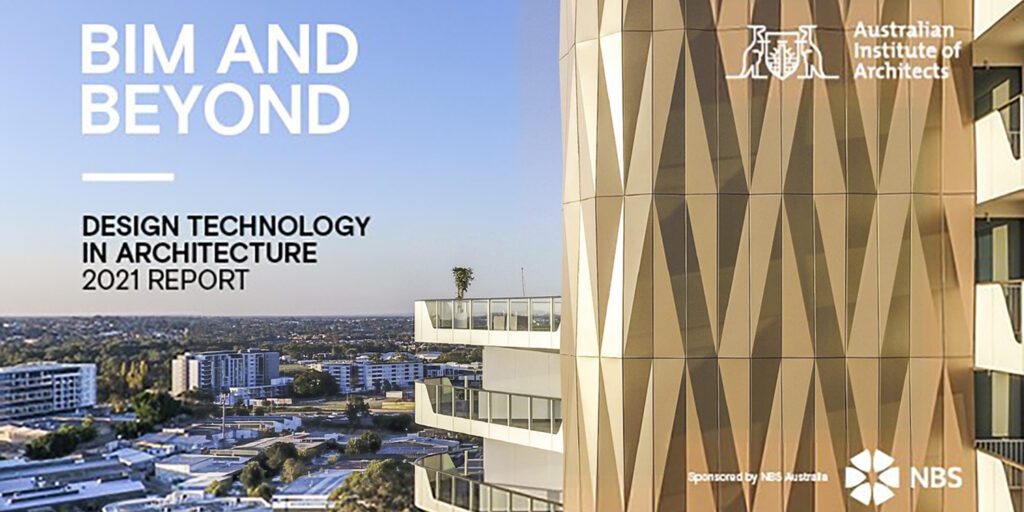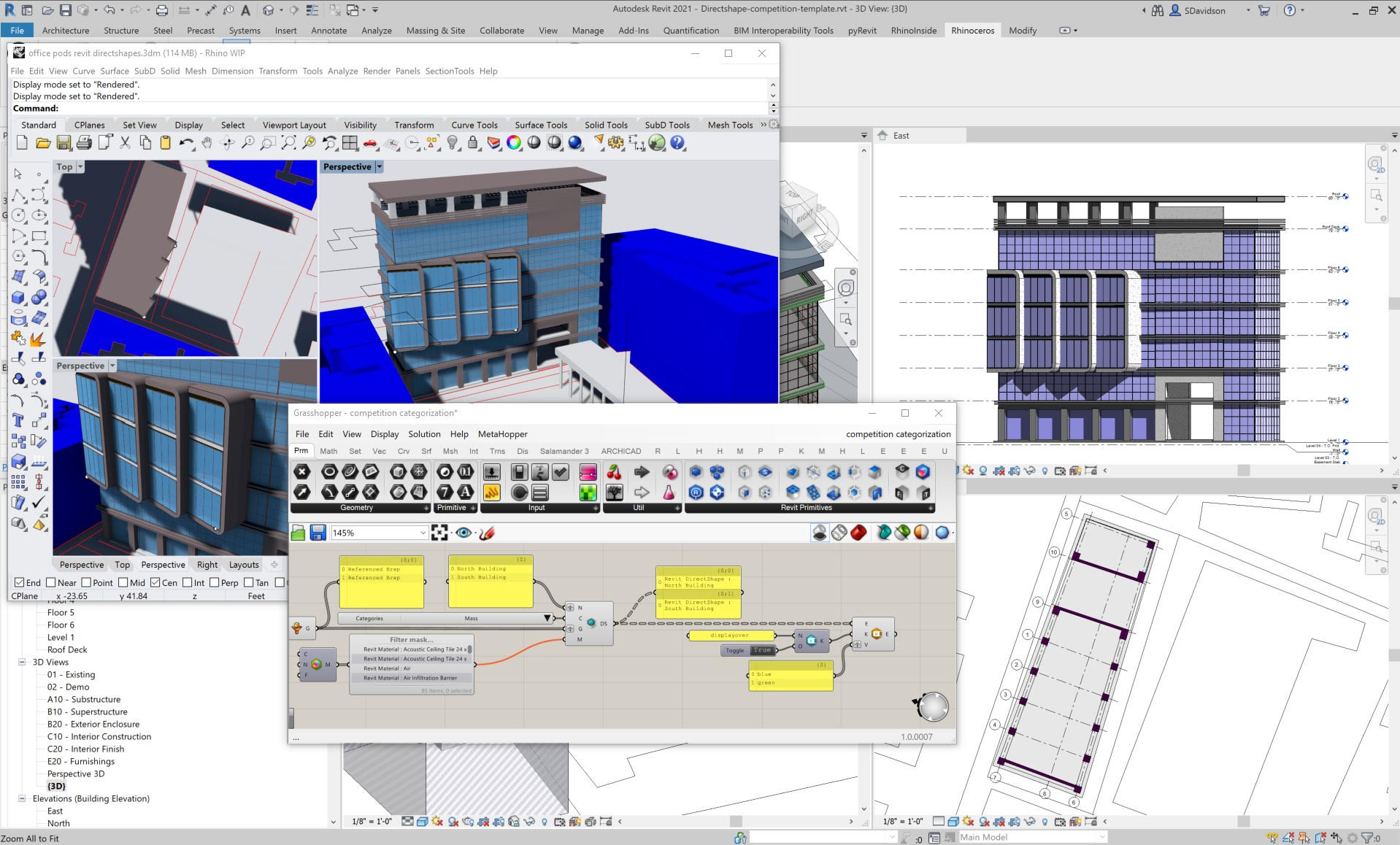
New course on Rhino3D.Education, the community to learn and enrich your knowledge in Rhino.
We are very excited to publish our new 2D Technical Drafting with Rhino 7, now available in Spanish! We launched the English version a few weeks back. (Check it out here!)
With more than 16k users, the Rhino3D.Education platform offers online courses in Rhino, Grasshopper, Computational Design, GhPython, PanelingTools, RhinoCAM, and more. You will find classes in both English and Spanish. Check out all our courses here!
As a gift, we have generated 250 coupon codes to use for this new course, 2D Technical Drafting with Rhino in Spanish by Andres Gonzalez. The retail price is US $29.95, but if you enroll now and use the code: DIBUJO2D_50_R7 you will get 50% OFF!
Also, upon completion, you will obtain a certificate of attendance. This course is available for both students/teachers and commercial users.
The coupon is available for the first 250 users or expires on October 30th, 2021 (whichever comes first).
Hope you enjoy this new course!






































